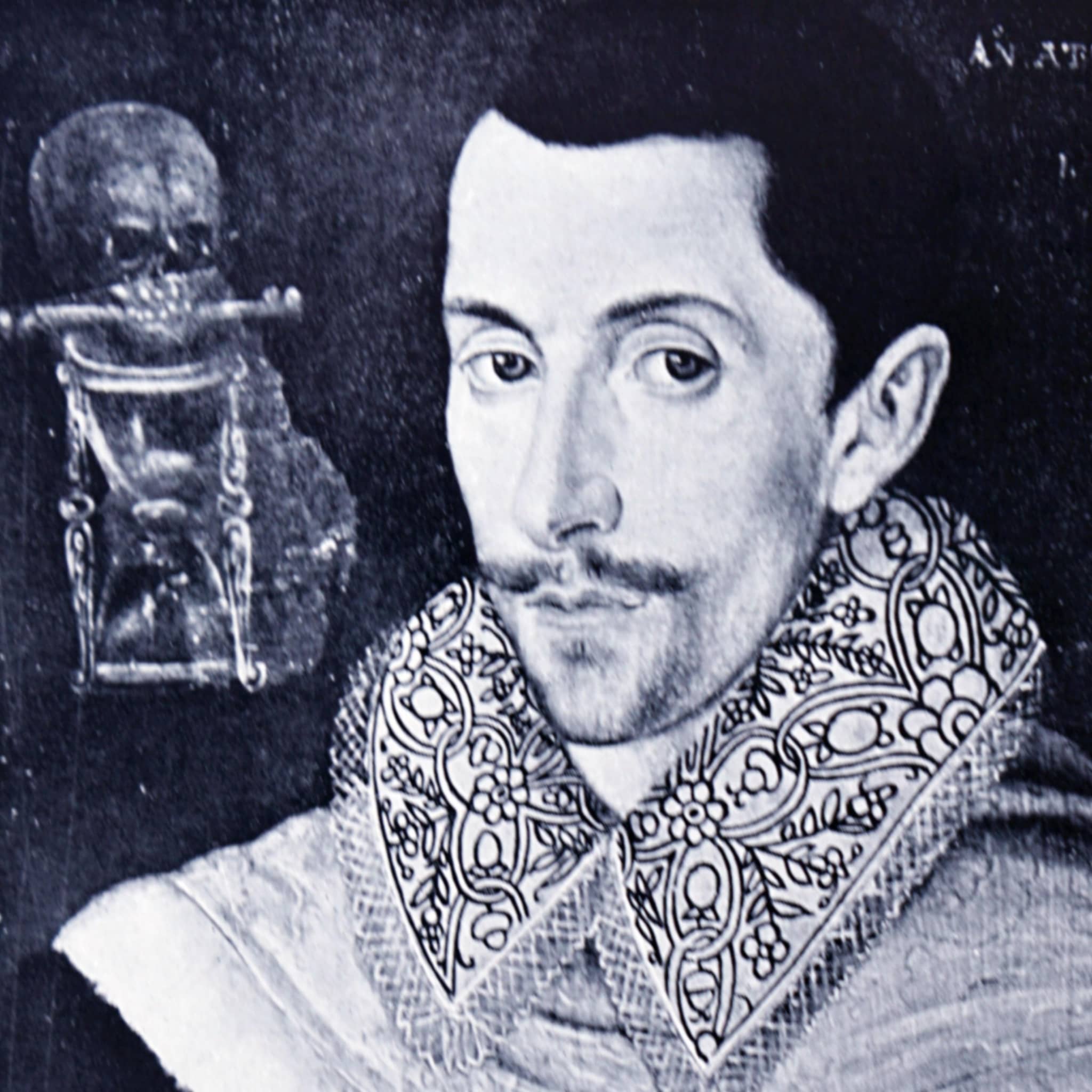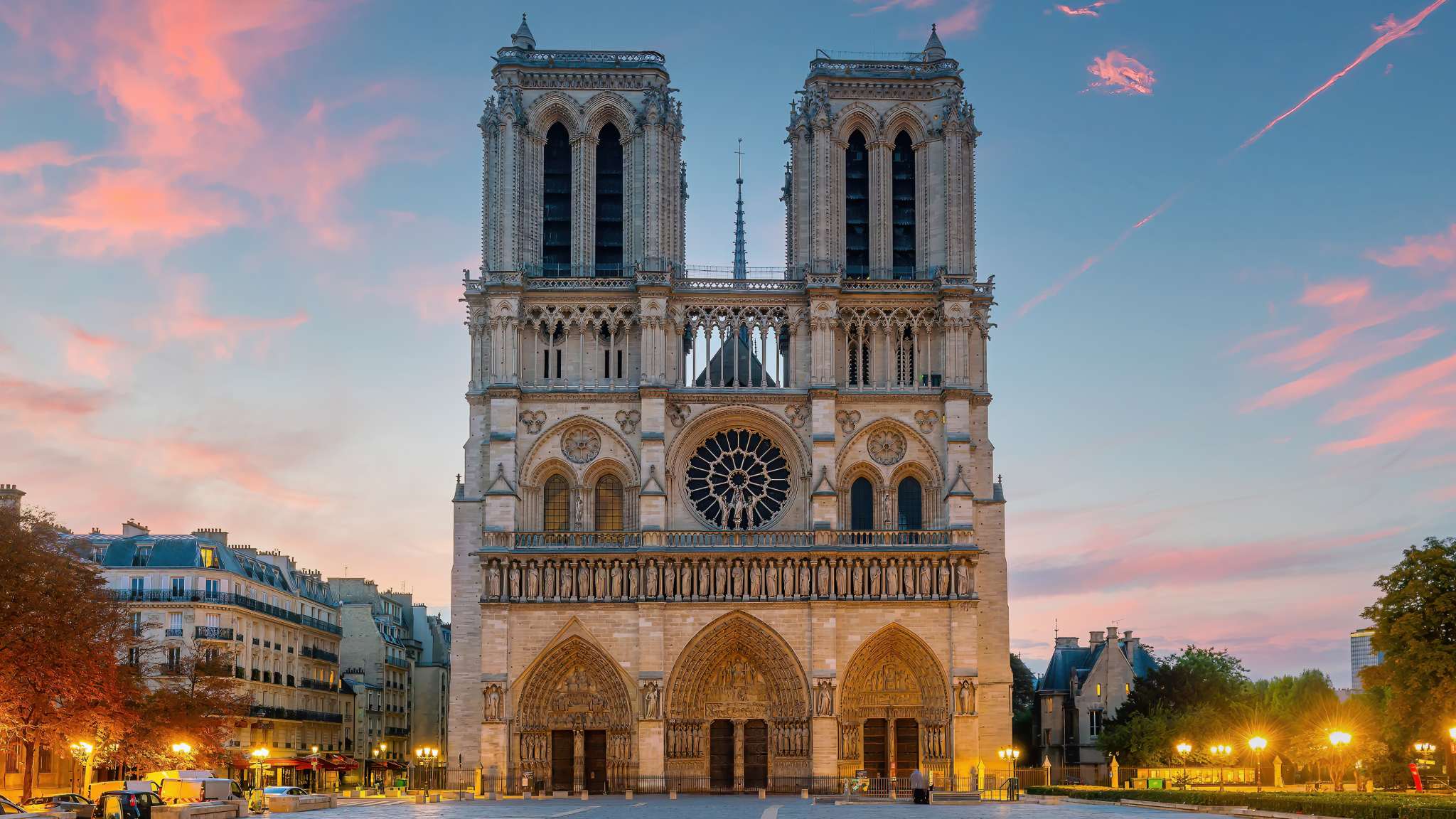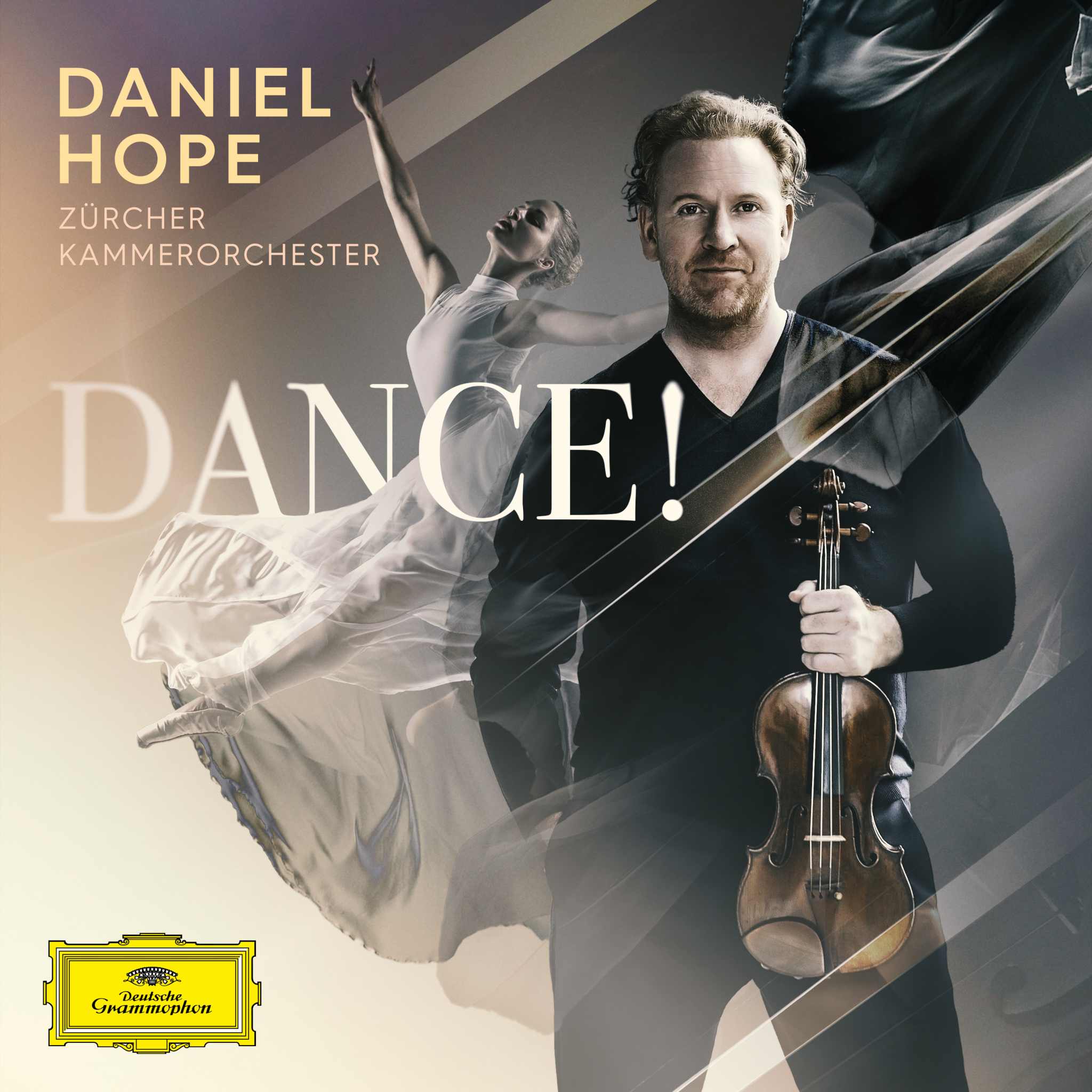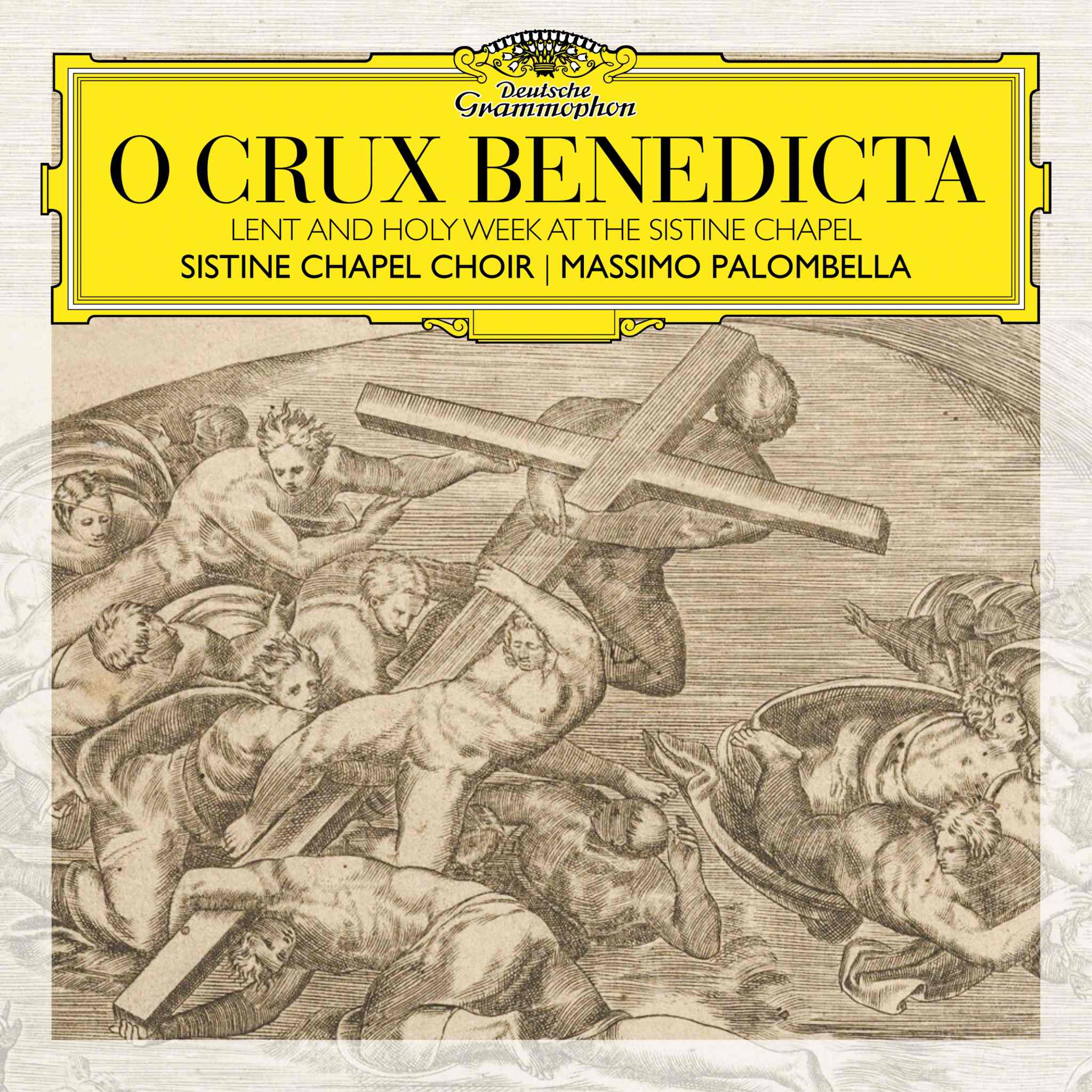Composers
Concerts and Operas
Albums
AboutRenaissance
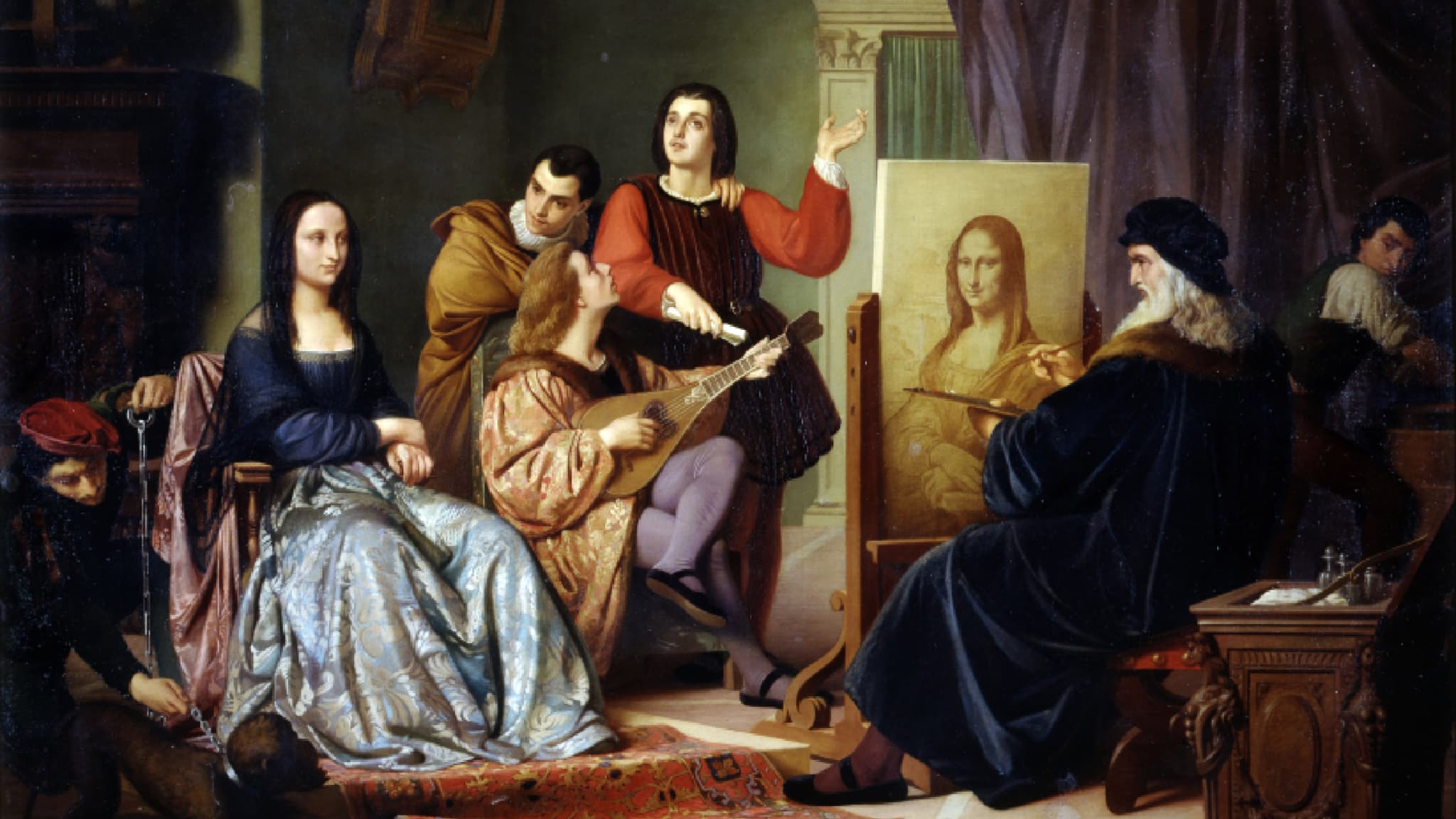
Renaissance, or "rebirth" in French, was the name given to the era that marks the beginning of an entirely new way of thinking. Marking the departure from medieval constraints, the music saw much more variety in terms of range, rhythm, harmony, form, and notation, with the arts driving the awareness of belonging to a golden age. For the very first time, artists came forward as individuals and in music, greater value was placed on both the ear and expression. Pure fourths and fifths were harmonised by thirds and sixths to create consonant chordal sounds. Musicians strove for homogeneity and balance and polyphony became the centre of Renaissance music, composed primarily in forms such as motets, chansons, madrigals, and masses. Works were no longer dictated solely by patterns and ratios, but emerged from sounds and words, much of which was based on highly demanding scholarly texts. Despite beginning about a century after the era of Renaissance art, the music era transformed music into being capable of individualisation and expressing humanity, as a work of art in its own right.
With the invention of the printing press, the musical notation first developed in the Medieval era continued to evolve but was also standardised across Europe, remaining almost unchanged today. Leading composers of the time included Josquin des Prez, Carlo Gesualdo and Giovanni Pierluigi da Palestrina, better known as Palestrina. Organs gained popularity in churches and woodwind and brass instruments began to develop, namely the recorder, cornet, trumpet, and trombone (then known as a sackbut). The lute was popular for domestic music, as was the harpsichord, viol, and lyre. Towards the end of the era, the music began to take more risks, pushing the boundaries and introducing dissonance, chromaticism, and ornamentation, that would go on to heavily influence early Baroque musicians.

